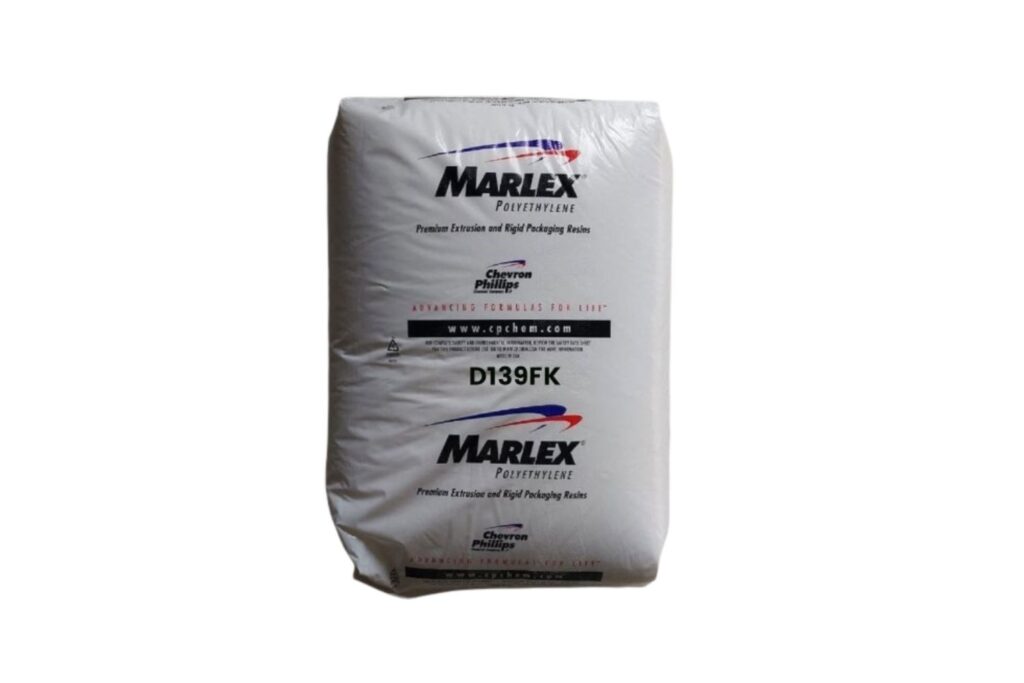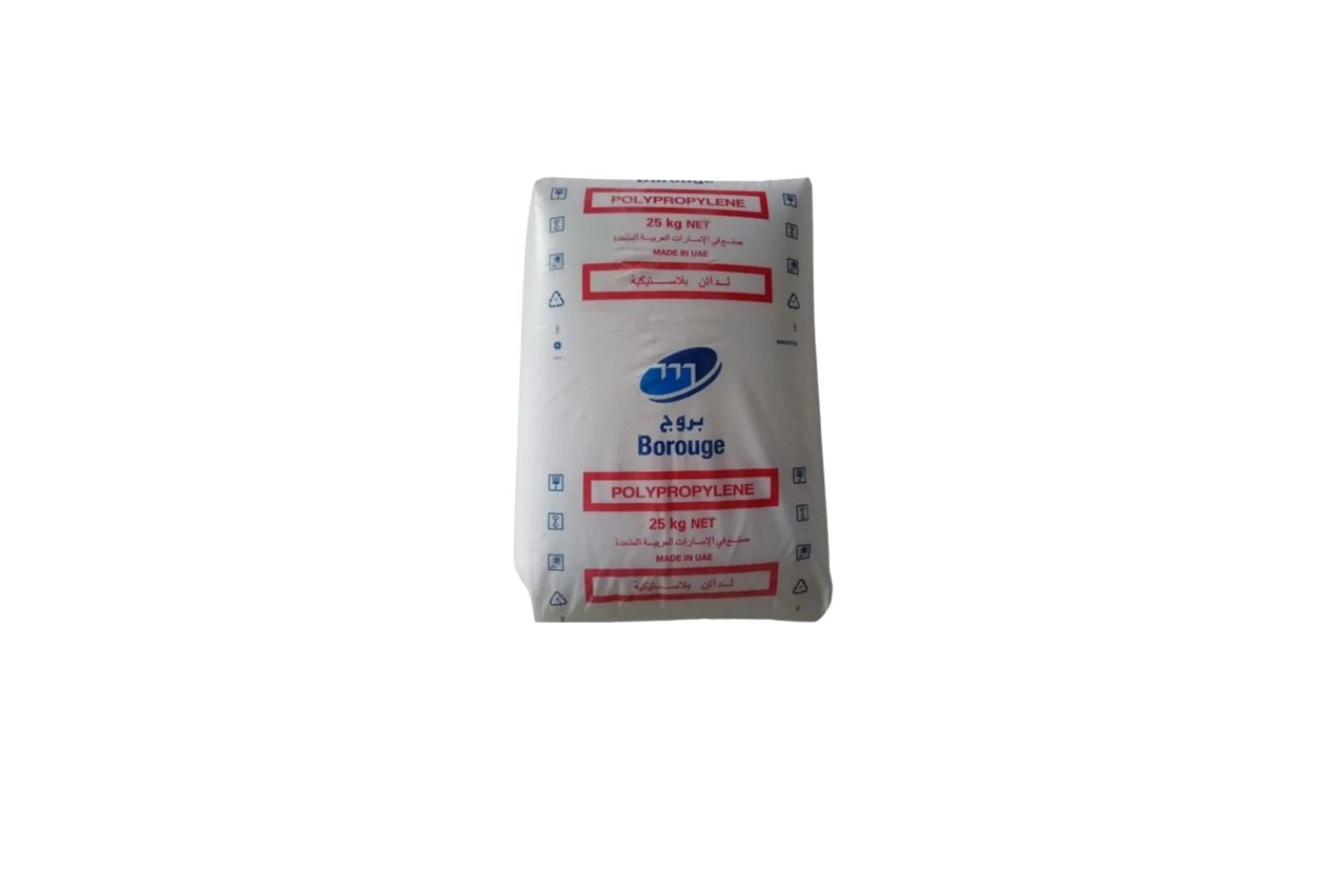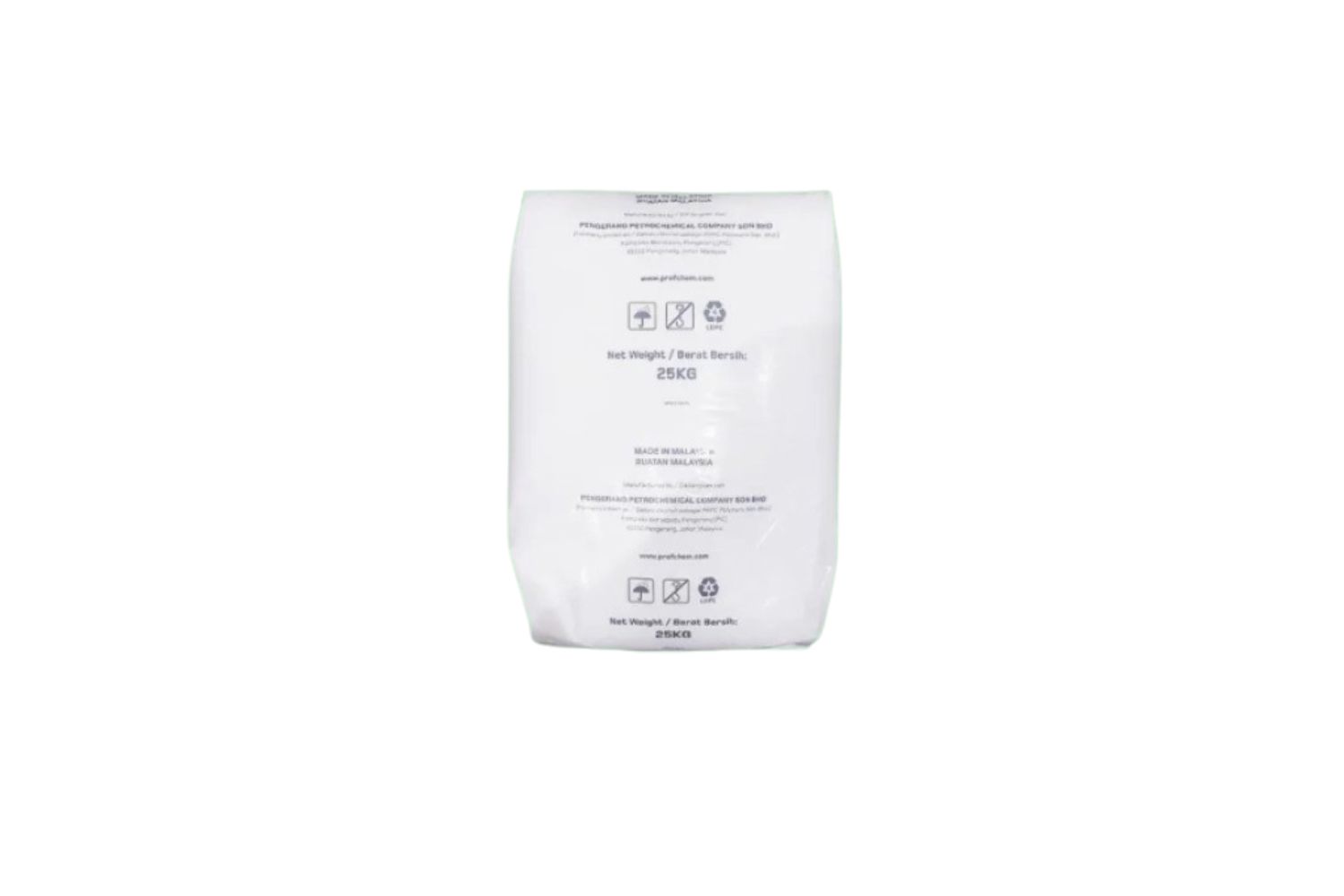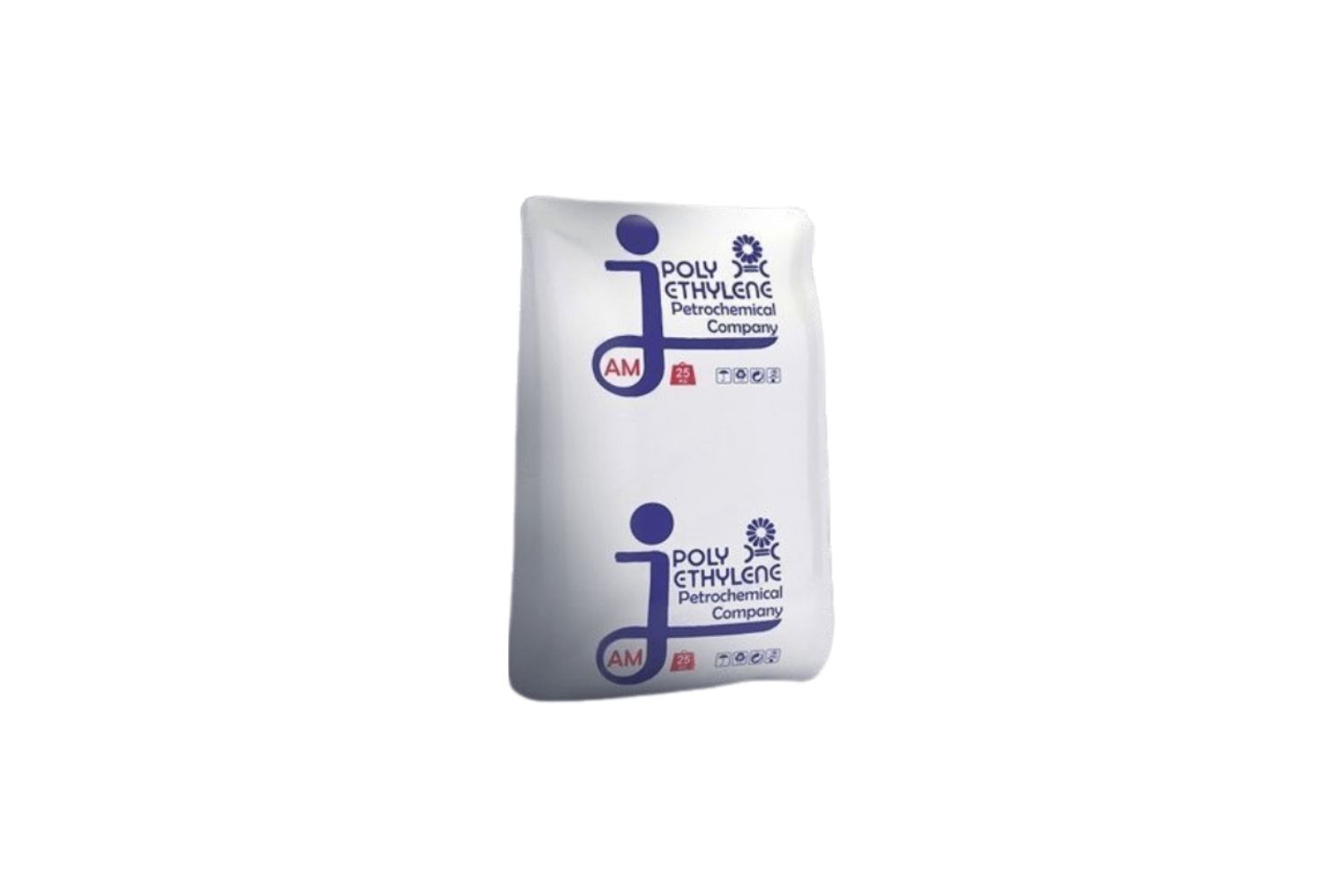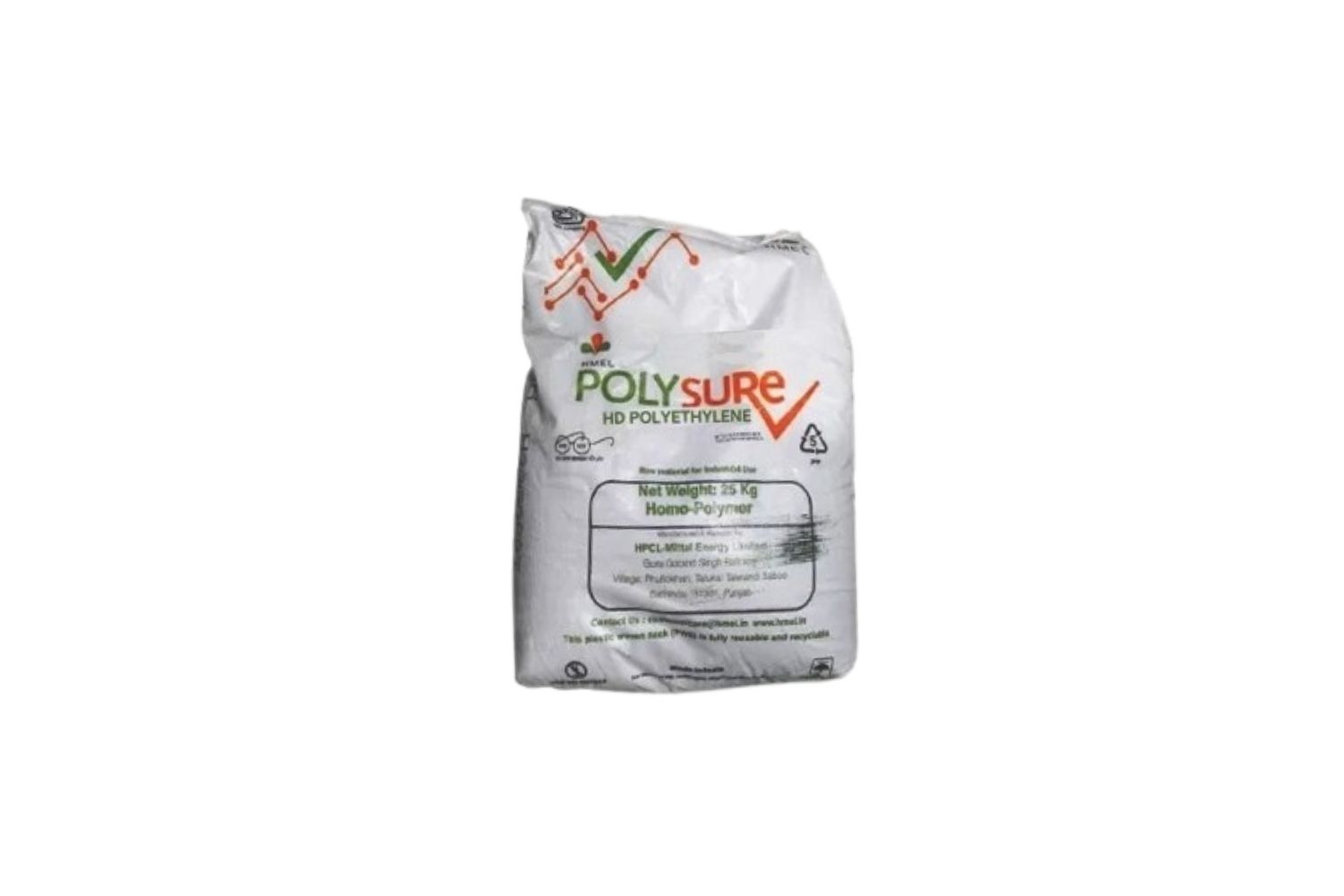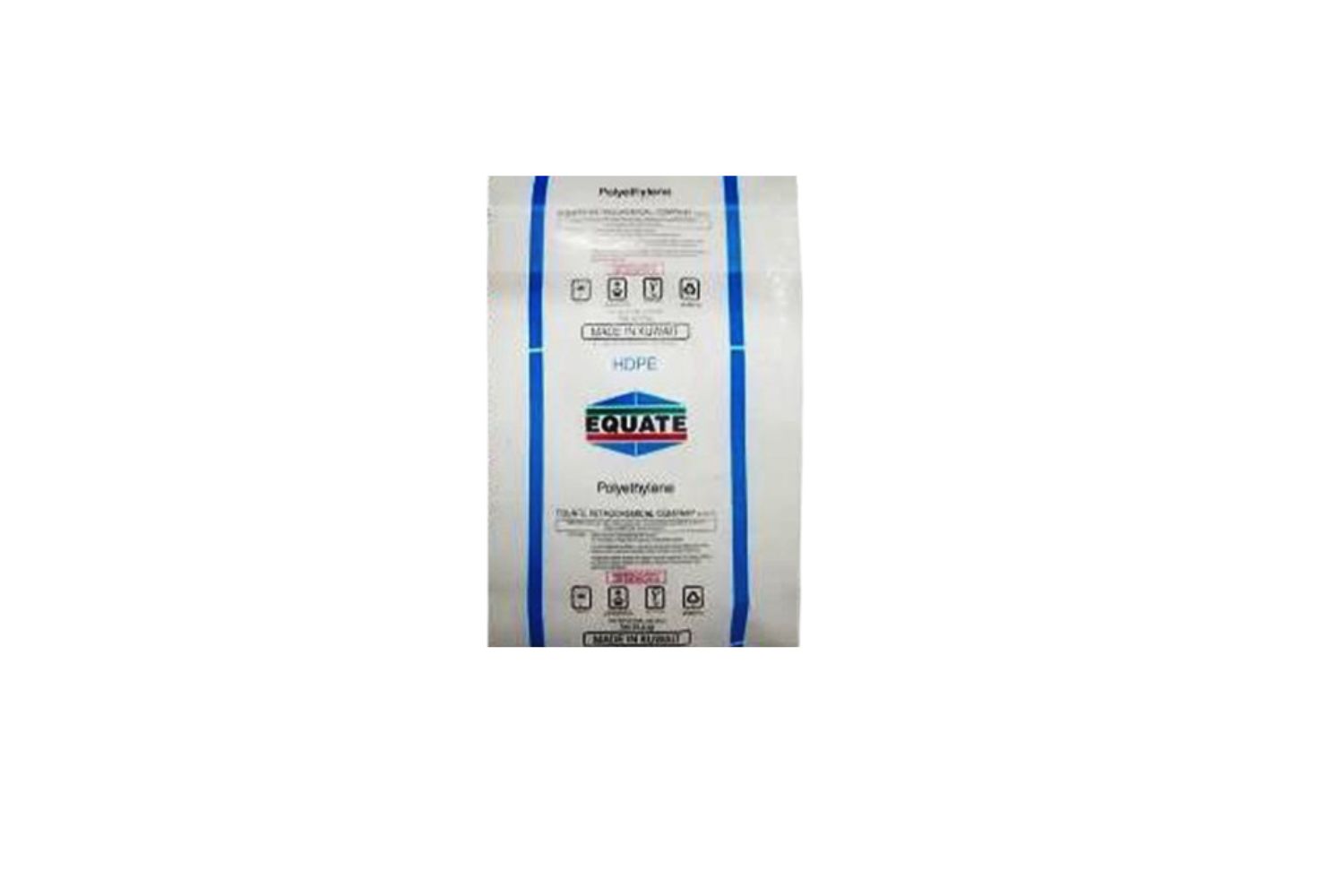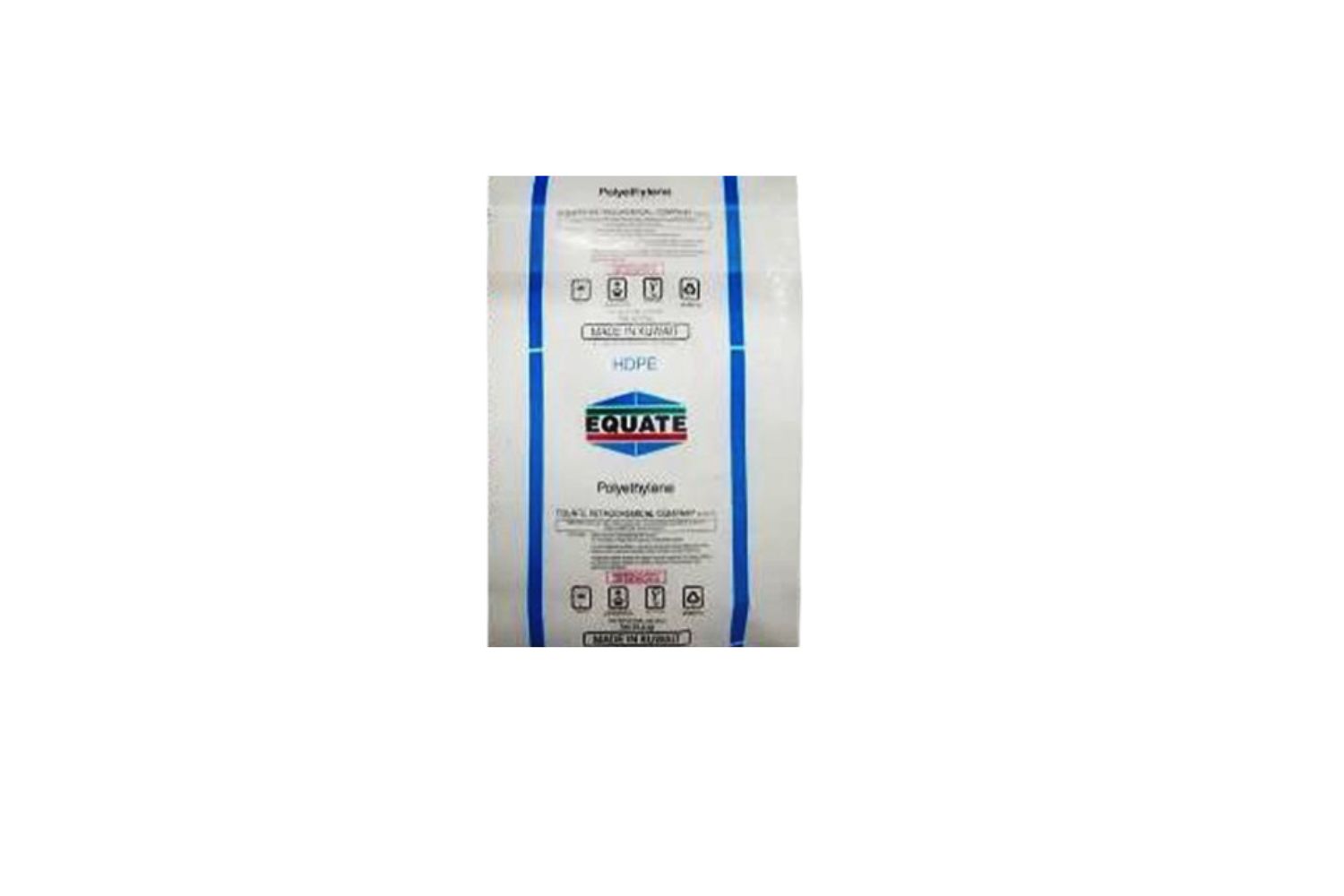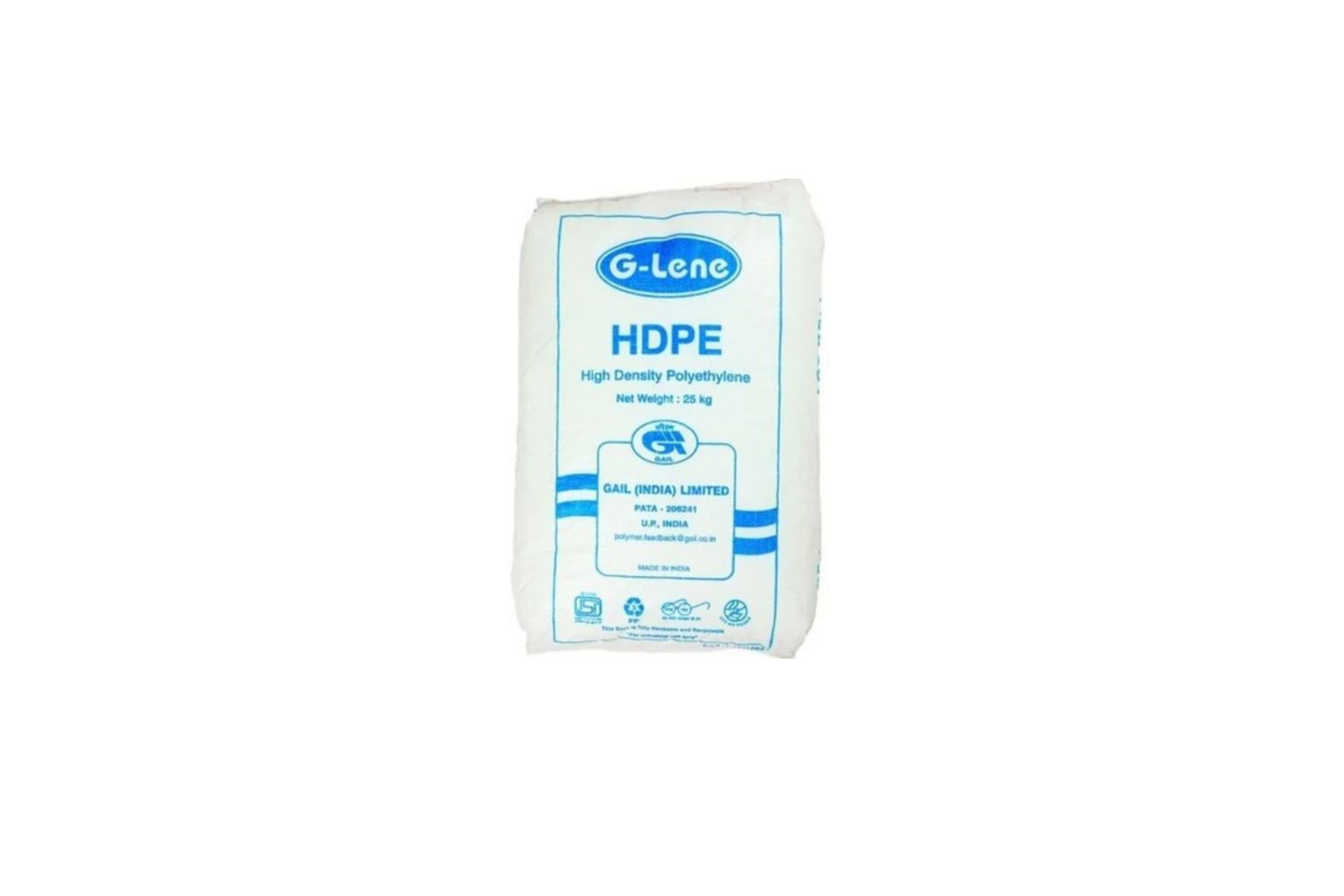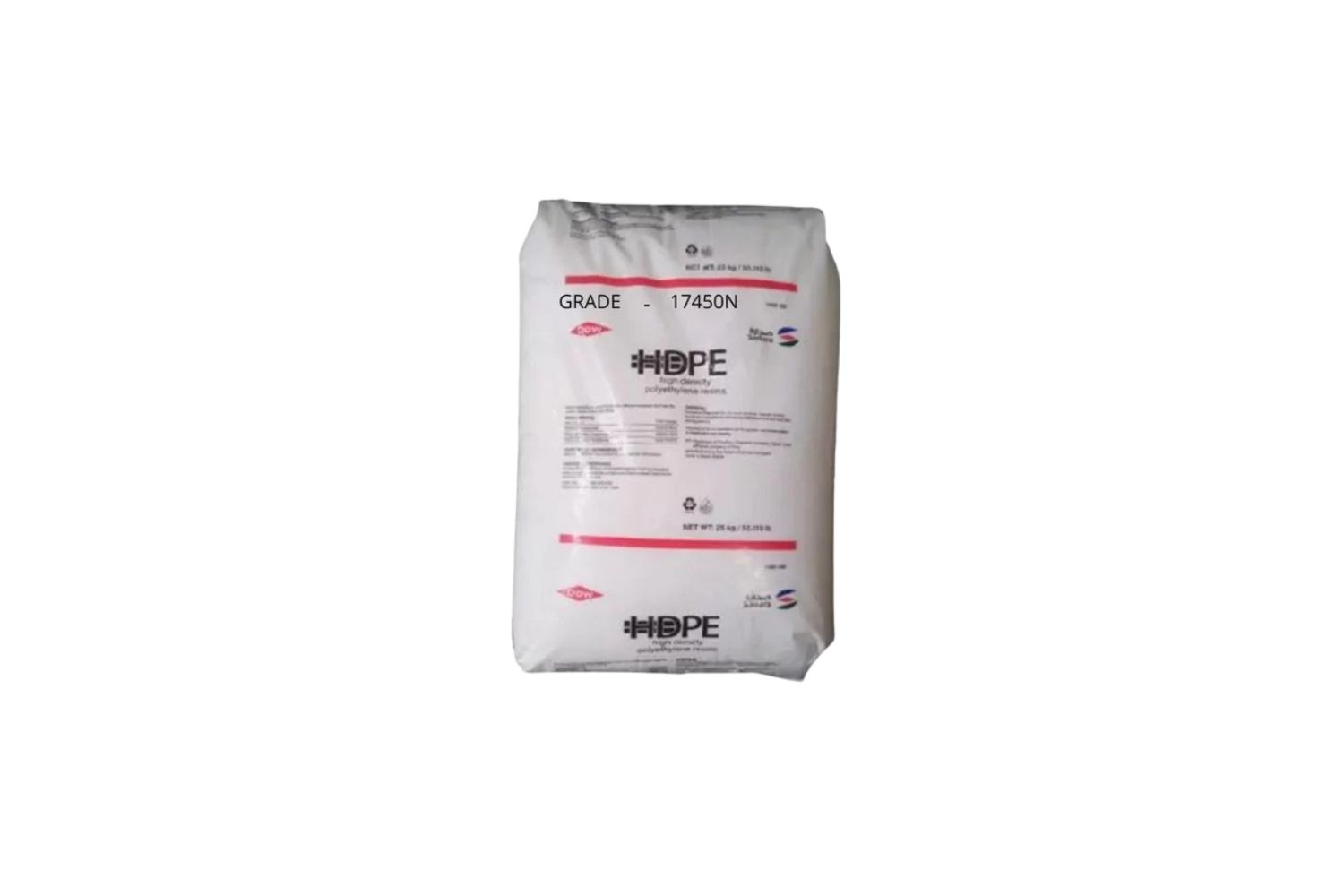What is LLDPE ?
LLDPE, a thermoplastic in the polyethylene family, features a distinctive structure with linear and branched ethylene monomer chains. It is prized for its flexibility, toughness and resilience, with high tensile strength and resistance to impacts, extreme temperatures, UV radiation and chemicals. LLDPE finds common use in film and packaging production due to its puncture resistance, serving applications like stretch films, plastic bags and liners. Additionally, it’s employed in manufacturing consumer goods like toys, containers and automotive components.
LLDPE’s affordability and ease of processing, including blow molding, injection molding and extrusion, contribute to its extensive usage across various industries.
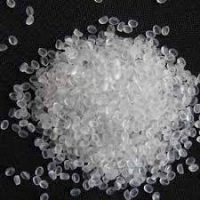
There are several different MFI levels available in LLDPE grade, including:
Low MFI (Melt Flow Index): LLDPE with a low MFI, often less than 1 g/10 min, is suitable for applications where precise control over flow and processing is necessary. It is commonly used for manufacturing thicker-walled parts and intricate products, offering enhanced flow control and stability during molding.
High MFI (Melt Flow Index): LLDPE with a high MFI, often exceeding 10 g/10 min, is preferred for applications where rapid processing and high production rates are essential. It excels in providing excellent flowability and is commonly used for thin-walled products and situations requiring fast manufacturing.
Medium MFI (Melt Flow Index): LLDPE with a medium MFI, typically ranging from 1 to 10 g/10 min, is versatile and well-suited for a broad spectrum of molding applications. It strikes a balance between flowability and processability, making it suitable for various part geometries and sizes.
Some of the application usage of LLDPE are :
LLDPE is a versatile material extensively used in multiple industries. One key application is in packaging films, where its flexibility, toughness and puncture resistance excel. These films are utilized in food packaging, industrial packaging, agricultural films and consumer product packaging, safeguarding contents from moisture, oxygen and contaminants.
LLDPE is also a preferred choice for rotomolding, a process that crafts hollow, three-dimensional products such as containers, tanks and playground equipment. Its durability and ease of processing, along with excellent impact resistance, make it ideal for this method.
Furthermore, LLDPE finds its way into injection molding, producing a variety of goods like toys, containers, automotive parts and more, thanks to its ease of flow, toughness and impact resistance.
Metallocene
Metallocene Linear Low-Density Polyethylene (mLLDPE) is an advanced form of LLDPE that is produced using metallocene catalysts. These catalysts are highly precise and allow for greater control over the polymer’s structure, resulting in enhanced material properties. Metallocene LLDPE offers improved performance characteristics, such as a narrower molecular weight distribution and superior melt strength compared to conventional LLDPE.
One of the key advantages of metallocene LLDPE is its exceptional film processing capabilities. It can produce thinner, stronger and more consistent films for packaging applications. This makes it particularly valuable for applications where downgauging (reducing film thickness while maintaining performance) is desired, as it can lead to material and cost savings.
Metallocene LLDPE is also known for its excellent sealing properties, making it ideal for applications where a reliable and hermetic seal is crucial, such as in food packaging. It provides enhanced puncture resistance, tear strength and seal integrity, resulting in high-quality packaging materials that protect and preserve the contents effectively.
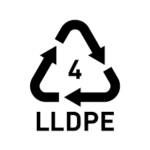
LLDPE Rotomoulding
LLDPE (Linear Low-Density Polyethylene) is a popular material for rotomolding (rotational molding) due to its versatility and durability. In rotomoulding, LLDPE is used to create a wide variety of hollow, three-dimensional products, including tanks, playground equipment, kayaks and more. It is well-suited for these applications thanks to its excellent impact resistance, UV stability and resistance to chemicals and environmental factors.
Variety: LLDPE for rotomoulding comes in various grades, each tailored to specific needs. Natural LLDPE is translucent and commonly used for applications where visibility or translucency is desired. Colored LLDPE grades offer a wide array of vibrant colors for products requiring aesthetics. Additionally, specialty LLDPE grades are designed for applications with unique requirements, such as enhanced UV resistance or fire retardancy.
Grades: Rotomoulding LLDPE grades are typically categorized by their melt flow index (MFI), which determines their flow characteristics during the molding process. Low MFI LLDPE is ideal for complex and thicker-walled parts that require precise flow control. Medium MFI LLDPE is versatile and suitable for a broad range of rotomolded products, offering a balance between flowability and processability. High MFI LLDPE is used for faster production, particularly for thin-walled parts and when rapid molding is required. The choice of LLDPE grade depends on the specific design and performance requirements of the rotomolded product.
Water and Chemical Storage Tanks: LLDPE Rotomoulding granules are extensively employed in the production of water tanks and chemical storage containers. Their corrosion resistance, durability and ability to form complex shapes make them ideal for ensuring the safe storage of liquids.
Playground Equipment: Playground components such as slides, swings and climbing structures are often made from LLDPE Rotomoulding granules. The material’s impact resistance and safety features make it a preferred choice for manufacturing child-friendly and durable playground equipment. Agricultural Products: LLDPE Rotomoulding granules are used to create agricultural equipment like tanks for liquid fertilizers and chemical storage. Their resistance to chemicals and UV stability are valuable qualities for these applications.
Recreational Products: Kayaks, canoes and other water sports equipment are manufactured using LLDPE Rotomoulding granules. These products benefit from the material’s buoyancy, impact resistance and lightweight characteristics.
Automotive Components: Certain automotive parts, like fuel tanks and air ducts, are produced using LLDPE Rotomoulding granules. These parts require durability, resistance to chemical exposure and the ability to withstand extreme temperatures.
Custom-Molded Products: LLDPE Rotomoulding granules are used to create custom-molded products across various industries. These can include containers, bins, bins and even large decorative pieces.
LLDPE Moulding
LLDPE Molding, or Linear Low-Density Polyethylene Molding, is a versatile plastic processing method known for producing a wide range of products. It offers various grades and types to suit different applications.
- Variety: LLDPE molding encompasses a broad spectrum of products, including toys, automotive components, containers and more. Its ability to provide strength, flexibility and resistance to environmental factors makes it a go-to choice for molding applications across industries.
- Grades: LLDPE molding grades are categorized based on their melt flow index (MFI), ranging from low MFI for controlled flow in intricate parts to high MFI for faster processing of thin-walled items. Manufacturers provide a selection of LLDPE grades, allowing for precise customization to meet the unique needs of each application.
- Versatility: LLDPE molding’s versatility is further enhanced by its capacity to be processed through various techniques, including injection molding, blow molding and extrusion. Its adaptability and cost-effectiveness make it an invaluable resource in the manufacturing world, ensuring the production of durable, efficient and reliable molded products.
Some common types of containers that can be made from HDPE blow grade include:
- Consumer Goods: LLDPE molding granules are employed in the manufacturing of consumer goods such as toys, storage containers and housewares. Their versatility and ease of processing make them an ideal choice for creating everyday items.
- Automotive Components: LLDPE is used to produce various automotive components like bumpers, interior trim parts and underbody protection due to its excellent impact resistance, lightweight nature and cost-effectiveness.
- Industrial Parts: LLDPE molding granules are used for producing industrial components like pipes, fittings and machine parts. Their durability, chemical resistance and ease of molding make them suitable for these applications.
- Medical Devices: LLDPE is utilized in medical applications, particularly for manufacturing components of medical devices, where cleanliness, biocompatibility and precision molding are essential.
- Construction Materials: LLDPE granules are used in the construction industry for creating items like pipe fittings, geomembranes and geosynthetics, benefiting from their resistance to environmental factors and ease of installation.
- Electrical Insulation: Due to its electrical insulating properties and ease of processing, LLDPE is used for electrical and electronic applications, including cable insulation and wire harness components.
- Agricultural Products: LLDPE molding granules are used for producing agricultural equipment, including seed planters, irrigation components and tanks for storing and transporting agricultural chemicals.
- Custom Molding: These granules are also employed in custom molding applications, where specific products are designed and produced according to unique requirements, such as specialty containers or components for various industries.
LLDPE Lamination
High Clarity LLDPE: This grade offers exceptional transparency and gloss, making it ideal for clear packaging films. It is commonly used for food packaging to showcase the product while providing protection.
Metallocene LLDPE: Metallocene-catalyzed LLDPE is known for its outstanding strength, sealing properties and puncture resistance. It’s often used in high-performance packaging for products like snacks and frozen goods.
Printable LLDPE: This grade allows for high-quality printing on packaging material. It provides excellent ink adhesion, making it suitable for product branding and labeling.
LLDPE Lamination Grades Granules find applications in flexible packaging for food, pharmaceuticals and consumer goods. They are used to create various types of packaging films, pouches and bags, offering benefits such as barrier properties, seal integrity and product protection while also allowing for branding and product visibility. These materials play a critical role in the packaging industry, ensuring product freshness and market appeal.
LLDPE Film
LLDPE Film (Linear Low-Density Polyethylene Film) is a versatile and widely-used material known for its excellent flexibility and toughness. It is used in various categories or grades to meet diverse application needs.
Different grades include:
- General-Purpose LLDPE Film: Used for packaging applications such as grocery bags, trash bags and industrial films due to its cost-effectiveness and good performance.*
- Linear Low-Density Polyethylene Blown Film: Ideal for blown film extrusion processes, producing thin and durable films for food packaging, agricultural films and more.
- Metallocene LLDPE Film: Utilizes metallocene catalysts for superior film properties, offering enhanced clarity, strength and sealing characteristics, making it suitable for high-quality packaging films.
- Stretch Wrap Films: Specifically designed for stretch wrapping pallets and securing loads during transportation, providing excellent elongation and cling properties.
LLDPE films are used in various applications, including packaging for food, consumer goods and industrial products. They are also employed in agricultural films, greenhouse covers and construction films. Their versatility and adaptability, along with cost-efficiency, make LLDPE films a popular choice in a wide range of industries for protective, containment and preservation purposes.
LLDPE Drip
Linear Low-Density Polyethylene) drip irrigation tubing is a specialized category of LLDPE designed for efficient and precise water delivery in agriculture. It features various grades tailored to different irrigation needs. These grades include:
- Standard LLDPE: Basic drip tubing for general irrigation applications.
- UV-Resistant LLDPE: Designed to withstand prolonged exposure to sunlight without degradation.
- Pressure-Compensating LLDPE: Maintains a consistent flow rate along the entire length, ensuring even water distribution in undulating terrains.
- Non-Pressure Compensating LLDPE: Suitable for flat or uniform terrains where pressure consistency isn’t critical.
LLDPE drip tubing is used in agricultural irrigation systems to deliver water directly to plant roots. Its flexibility, durability and resistance to UV degradation make it ideal for use in orchards, vineyards and row crops, conserving water while promoting healthier plant growth. It minimizes water wastage, reduces labor costs and is an environmentally sustainable method of irrigation.
About Viztaar
Viztaar is a tech enabled marketplace that facilitates B2B commerce in bulk industrial raw materials.
By leveraging technology, Viztaar helps buyers find the best prices from sellers across the country thereby optimizing their purchases and improve their bottom line. Buyers get cheapest prices, assured quality and reliable deliveries thereby ensuring complete peace of mind in managing their supply chains through Viztaar.
For sellers, Viztaar provides easy access to buyers on a pan India basis without having to invest in costly sale and marketing functions, acting as their wide reaching distribution network where they can quickly sell their inventory, improve their volumes and focus on optimizing their cash flows.

About Marlex
Marlex is a trademarked brand name of Chevron Phillips Chemical Company LLC for polyolefins such as polyethylene and polypropylene. Chevron Phillips Chemical Company LLC is an American chemical company that was established in 2000 as a joint venture between Chevron Corporation and ConocoPhillips. The headquarters of Chevron Phillips Chemical Company is located in The Woodlands, Texas, USA. The company operates a number of plants in the United States, including facilities in Texas, Louisiana, and Ohio. The company has a total of 38 manufacturing plants worldwide.
The company produces Marlex resins in a variety of grades, including polypropylene (PP), high-density polyethylene (HDPE) and linear low-density polyethylene (LLDPE). These resins are used in a variety of applications, such as packaging, agriculture, construction, and industrial products.

In terms of revenue, Chevron Phillips Chemical Company LLC reported revenue of around $14 billion in 2021.

